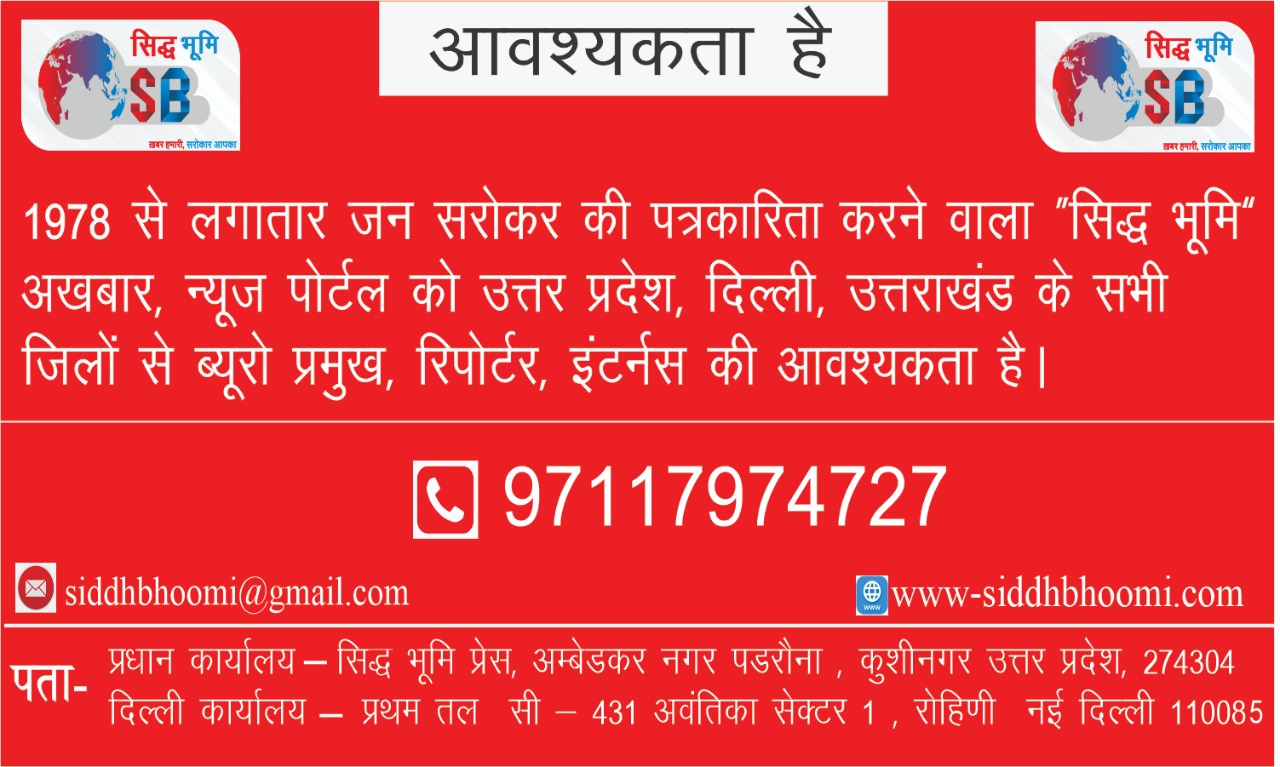देश – विदेश
congress: For Congress, the desperate search for winning mantra continued in 2021 | India News

NEW DELHI: The Congress faced a slew of challenges from rivals, former allies and also within in 2021, a year in which it continued to struggle to find a winning mantra at the hustings.
The bitter feuds in several states continued to make headlines even as the Trinamool Congress and other parties like the Aam Aadmi Party (AAP) made inroads into areas of its influence.
Former allies like Akhilesh Yadav-led Samajwadi Party and Lalu Parsad’s Rashtriya Janata Dal (RJD) did not show enthusiasm for electoral tie-ups with the Congress. Mamata Banerjee, meanwhile, pronounced Congress-led UPA as dead.
On the positive note for the party, it did find an issue in the farmers’ agitation to corner the Modi government at the Centre. The strong showing in Himachal Pradesh bypolls and recently, the Karnataka civic elections also brought cheer to the grand old party.
POOR SHOWING IN ASSEMBLY POLLS: In the earlier part of the year, the Congress fared poorly in the state elections held in West Bengal, Assam, Kerala, Tamil Nadu and Puducherry. The party riding on the shoulders of DMK wrested power from AIADMK in Tamil Nadu. However, its performance in West Bengal was dismal where the contest was between TMC and the BJP. In Assam the BJP came to power wile the LDF won in Kerala. In Puducherry, the All India N R Congress formed the government while the Congress is the opposition party.
FLOCK DOESN’T STAY TOGETHER: One of the major challenges the Congress continued to face was the exodus of leaders from the party. In Uttar Pradesh, prominent brahmin face Jiten Prasada left and joined the BJP. Party MLAs in Meghalaya joined the TMC in hordes. A majority of its MLAs deserted the Congress in Goa as well. In states like Rajasthan, Chhattisgarh and lately Uttarakhand, bitter factionalism marred its functioning. Several prominent leaders including former ministers like Kapil Sibal, Manish Tewari and Ghulam Nabi Azad questioned its functioning. The leaders, who sought organisational reforms were given the sobriquet ‘G-24’ by the media.
PUNJAB EXPERIMENT: After Madhya Pradesh, if there is one state in recent memory where the Congress rocked its own boat is Punjab. However, given the brute majority it has in the state Assembly, its government was never under threat. Bickering between state party chief Navjot Sidhu and then chief minister Amarinder Singh reached a point where the formed left the party and formed his own outfit. The formidable royal is now a BJP ally and a potent threat to Congress in its bid to regain power in the state.
The Congress, meanhwhile, has the first Dalit chief minister of the state in Charanjit Singh Channi and a prominent Jat Sikh face in Sidhu campaigning for it.
FIGHT FOR OPPOSITION SPACE: The stunning victory she scored in the West Bengal elections brought to the fore West Bengal chief minister Mamata Banerjee’s national ambitions. The TMC has become increasingly active outside Bengal and is keenly contesting the upcoming Goa elections. Mamata Banerjee, who shares cordial relations with many opposition leaders after a meeting with NCP’s Sharad Pawar said there is ‘no UPA’. Shiv Sena has turned out to be one of the vocal supporters of the Congress-led UPA.
FARM AGITATION: While many things were not going for it, it was on the issue of the farm laws where the Congress could sense an opportunity to corner the Modi government. The three contentious farm laws were rolled back courtesy the dogged opposition of the farm unions. However, the unions took pride in keeping themselves independent of political parties. While the agitation created an anti-BJP climate in regions of Punjab and western Uttar Pradesh, it is not clearly whether it would be of direct help to the Congress in electoral terms, especially after the blockade outside Delhi borders has ended.
LAKHIMPUR KHERI AND UP CAMPAIGN: One of the most difficult moments the Modi government faced was violence in Lakhimpur Kheri where Union minister Ajay Mishra Teni’s son Ashish Mishra is accused of crushing agitating farmers under his vehicle. The protestors then lynched some of the occupants of the vehicle. Congress leader Priyanka Gandhi took the lead in strongly protesting against the actions following which the accused was arrested and a probe held.
Priyanka Gandhi is also trying to revive a moribund UP unit of the Congress with a high decibel women-centric election campaign.
HINDUISM vs HINDUTVA: Rahul Gandhi, meanwhile, tried to differentiate between Hinduism and the Hindutva ideology of the RSS. However, given the strong pitch by the BJP on the construction of a Ram Temple, Kashi Vishwanath corridor and lately a grand temple in Mathura, the efficacy of Rahul Gandhi‘s move is to be seen.
The bitter feuds in several states continued to make headlines even as the Trinamool Congress and other parties like the Aam Aadmi Party (AAP) made inroads into areas of its influence.
Former allies like Akhilesh Yadav-led Samajwadi Party and Lalu Parsad’s Rashtriya Janata Dal (RJD) did not show enthusiasm for electoral tie-ups with the Congress. Mamata Banerjee, meanwhile, pronounced Congress-led UPA as dead.
On the positive note for the party, it did find an issue in the farmers’ agitation to corner the Modi government at the Centre. The strong showing in Himachal Pradesh bypolls and recently, the Karnataka civic elections also brought cheer to the grand old party.
POOR SHOWING IN ASSEMBLY POLLS: In the earlier part of the year, the Congress fared poorly in the state elections held in West Bengal, Assam, Kerala, Tamil Nadu and Puducherry. The party riding on the shoulders of DMK wrested power from AIADMK in Tamil Nadu. However, its performance in West Bengal was dismal where the contest was between TMC and the BJP. In Assam the BJP came to power wile the LDF won in Kerala. In Puducherry, the All India N R Congress formed the government while the Congress is the opposition party.
FLOCK DOESN’T STAY TOGETHER: One of the major challenges the Congress continued to face was the exodus of leaders from the party. In Uttar Pradesh, prominent brahmin face Jiten Prasada left and joined the BJP. Party MLAs in Meghalaya joined the TMC in hordes. A majority of its MLAs deserted the Congress in Goa as well. In states like Rajasthan, Chhattisgarh and lately Uttarakhand, bitter factionalism marred its functioning. Several prominent leaders including former ministers like Kapil Sibal, Manish Tewari and Ghulam Nabi Azad questioned its functioning. The leaders, who sought organisational reforms were given the sobriquet ‘G-24’ by the media.
PUNJAB EXPERIMENT: After Madhya Pradesh, if there is one state in recent memory where the Congress rocked its own boat is Punjab. However, given the brute majority it has in the state Assembly, its government was never under threat. Bickering between state party chief Navjot Sidhu and then chief minister Amarinder Singh reached a point where the formed left the party and formed his own outfit. The formidable royal is now a BJP ally and a potent threat to Congress in its bid to regain power in the state.
The Congress, meanhwhile, has the first Dalit chief minister of the state in Charanjit Singh Channi and a prominent Jat Sikh face in Sidhu campaigning for it.
FIGHT FOR OPPOSITION SPACE: The stunning victory she scored in the West Bengal elections brought to the fore West Bengal chief minister Mamata Banerjee’s national ambitions. The TMC has become increasingly active outside Bengal and is keenly contesting the upcoming Goa elections. Mamata Banerjee, who shares cordial relations with many opposition leaders after a meeting with NCP’s Sharad Pawar said there is ‘no UPA’. Shiv Sena has turned out to be one of the vocal supporters of the Congress-led UPA.
FARM AGITATION: While many things were not going for it, it was on the issue of the farm laws where the Congress could sense an opportunity to corner the Modi government. The three contentious farm laws were rolled back courtesy the dogged opposition of the farm unions. However, the unions took pride in keeping themselves independent of political parties. While the agitation created an anti-BJP climate in regions of Punjab and western Uttar Pradesh, it is not clearly whether it would be of direct help to the Congress in electoral terms, especially after the blockade outside Delhi borders has ended.
LAKHIMPUR KHERI AND UP CAMPAIGN: One of the most difficult moments the Modi government faced was violence in Lakhimpur Kheri where Union minister Ajay Mishra Teni’s son Ashish Mishra is accused of crushing agitating farmers under his vehicle. The protestors then lynched some of the occupants of the vehicle. Congress leader Priyanka Gandhi took the lead in strongly protesting against the actions following which the accused was arrested and a probe held.
Priyanka Gandhi is also trying to revive a moribund UP unit of the Congress with a high decibel women-centric election campaign.
HINDUISM vs HINDUTVA: Rahul Gandhi, meanwhile, tried to differentiate between Hinduism and the Hindutva ideology of the RSS. However, given the strong pitch by the BJP on the construction of a Ram Temple, Kashi Vishwanath corridor and lately a grand temple in Mathura, the efficacy of Rahul Gandhi‘s move is to be seen.






